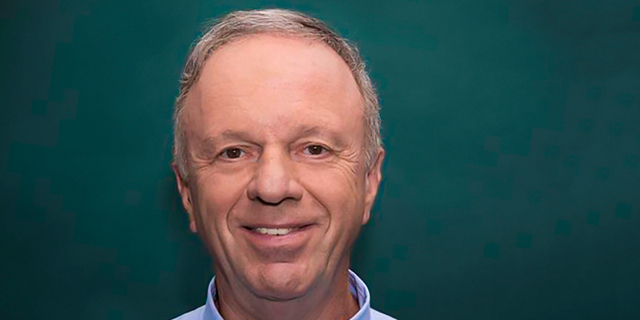
Opinion
The age of hyper-accelerated AI adoption
“2021 has brought significant advances in AI and in the next year this momentum will drive humanity even further,” writes Michael Kagan, Chief Technology Officer of NVIDIA
AI is one of the most powerful technological leaps humankind has ever made, driving a wide range of new technologies, services, and products we’ve never thought of. We live in the midst of an AI revolution that will keep transforming the world.
Artificial intelligence impacts every industry, business, and life of every human being on the planet. AI computers harness massive amounts of data and use their consistent evolving intelligence to make optimal decisions and discoveries in fractions of the time that it would take humans. There’s no major industry modern AI hasn’t already affected or will affect soon. That’s especially true in the past few years, as thanks to the ever-increasing computing and processing power, startups and enterprises were able to ramp up their big-data analytics activities, create Machine Learning and AI based services and products, and more. As individuals, we already see artificial intelligence in our smart devices, cars, healthcare system and apps, and we’ll continue to see its influence permeate deeper into many other industries for the foreseeable future.
The AI revolution is leading to the creation of a “human-machine team” working together. The machine processes amounts of data no human can process – delivering insights to humans to make decisions no machine can make.
2021 has brought significant advances in AI and in the next year this momentum will drive humanity even further. Here is where I believe AI efforts in 2022 will be focused as they parse big data and look for new revenue opportunities:
Era of simulation and virtual worlds: AI-based computing platforms of today enable us to accurately simulate the real world and enable collaboration in this simulated virtual world (the much discussed Metaverse). These physically accurate models generate a high amount of synthetical data to train advanced AI models to much higher precision than possible today. We’ll also see advancing 3D standards for describing virtual worlds. Building accurate and rich Digital Twins – counterparts to everything in the real world - airplanes, cars, factories, bridges, cities and even Earth itself - is one of the grand challenges in computer science. Many industries are starting to examine and adopt digital twins and virtual worlds, exploring the potential for operational efficiencies and cost savings. Everything we build in the real world will have a counterpart in the virtual world, enabling us to experience, test and optimize complex designs well before we commit to building them in the real world, and to tackle humanity's greatest challenges. That will result not just in faster product delivery, and billions of dollars saved, but will also allow us to deal with climate change and keep our planet safe.
AI will talk and understand us more than ever: The synergy of hardware and AI models made big leaps forward with NLP - Natural Language Processing. Speech synthesis for example, is poised to become just as emotive and persuasive as the human voice in 2022. This will help industries like retail, banking and healthcare to improve services for their customers. We already see today conversational bots being first line help agents answering calls and chats. New developments in the area of NLP will take it to the next level. Companies will race to deploy new conversational AI tools that allow us to work more efficiently and effectively using natural language processing. Companies using both speech and text for interaction with other businesses and customers will employ AI as they move to understand the context or sentiment of what a person might be saying. Is the customer frustrated? Is your boss being sarcastic? More and more computers will be able to identify these nuances, just as if they were humans.
Programmable cars: AI transforms the driving experience. In the next year we’ll see more automakers creating software-defined architectures with headroom to support new applications and services via automatic over-the-air updates, just like our smartphones, meaning that vehicles will get better and safer over time. Automakers will also begin to use simulation to train and validate deep neural network models, like testing self-driving cars for a broad range of driving conditions which are too dangerous for a driver. Soon, we will also see cars that will start collaborating on the road to avoid traffic jams and prevent accidents.
Related articles
Automate ordering and streamline customer service: AI will help to optimize complex processes like supply chain management, which became a critical area for retailers wanting to meet customer demand for product availability and faster delivery. AI will enable more accurate just-on-time forecasting, ensuring the right material is ready to manufacture the right product that needs to be at the right store and at the right time to be ordered and consumed through automated order taking systems – Kiosks. Computer vision and robotics will add AI intelligence to distribution centers, which will lead the path to autonomous forklifts, robots, and intelligent multi-shuttle cabinets to reduce conveyor starvation and downtime and automate pick-and-pack of items to double throughput.
In supermarkets and big-box stores, retailers will increase their use of intelligent video analytics and computer vision to create automated checkouts and autonomous shopping. In 2022, we’ll see many retailers offering hyper-personalized shopping experiences. In retail, stores AI will process massive amounts of data in real time to have a 360-degree view of their customers and provide more personalized offers and recommendations to drive better customer experience.
Michael Kagan is the Chief Technology Officer of NVIDIA
